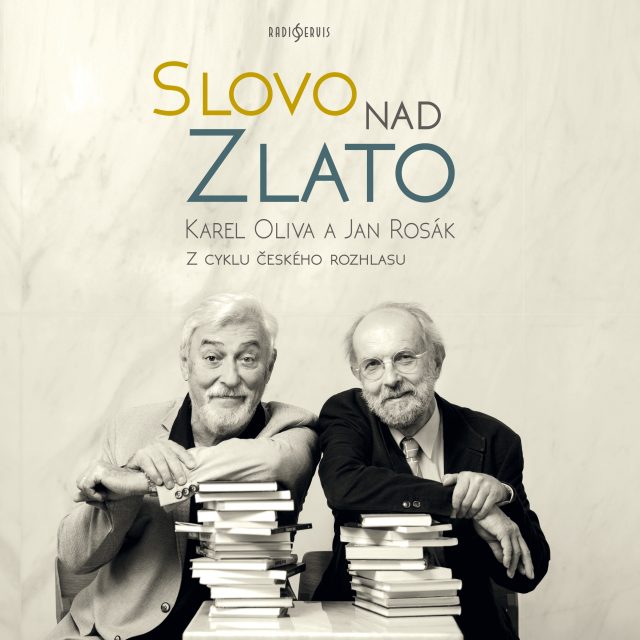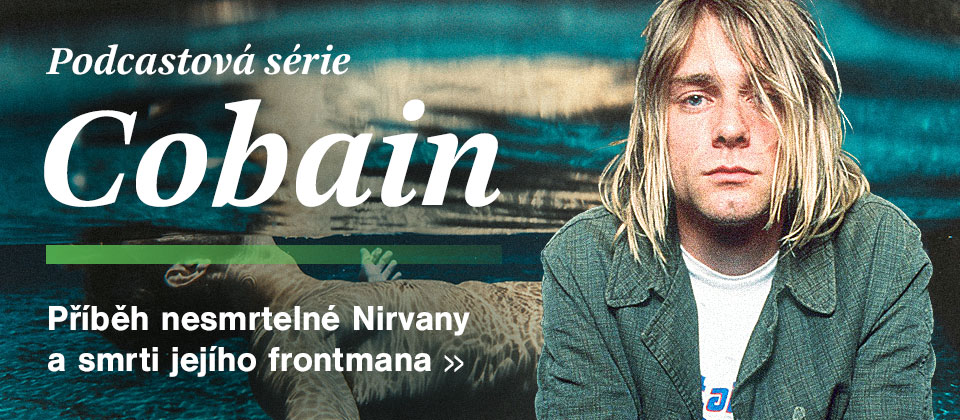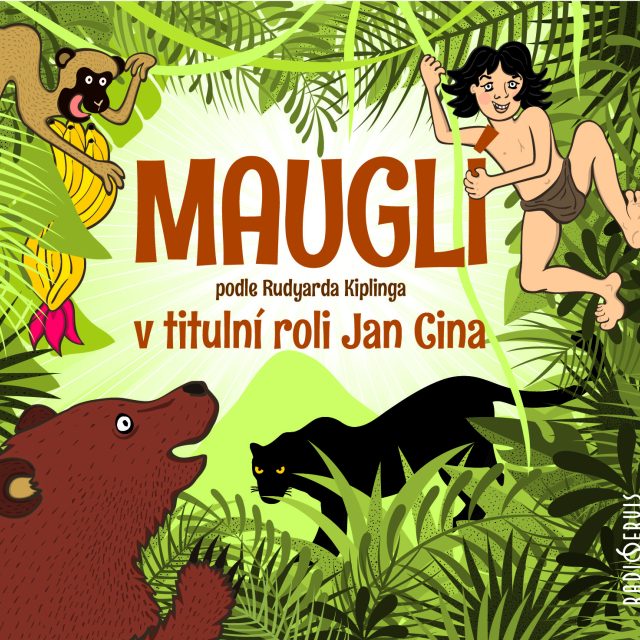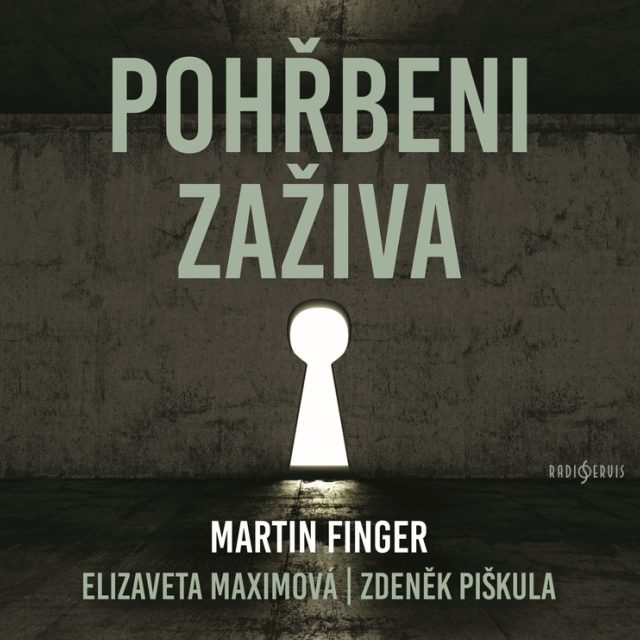Antonín Rejcha
*26 February 1770 Prague †28 May 1836 Paris
Anton Reicha is one of the most noteworthy figures in Czech and international music history around the beginning of the 19th century. He earned his place there not only as an excellent musician (his specialty was wind instruments) but also as a superb music theorist and teacher.
He was born into the family of Šimon Rejcha, a Prague city musician, who died shortly after his son’s birth. Around 1780 he went to live with his uncle, Josef Rejcha, who was a cellist in the court orchestra of the Count of Oettingen-Wallerstein in Harburg; he was to visit Prague only once again in his life, in 1806 when he also met his mother for the last time. Having adopted him, his uncle taught him to play the violin, keyboard instruments and the flute. In 1785 Josef Reicha decided to enter the services of the Prince Elector in Bonn. In that city‘s orchestra Reicha played the violin and the flute. It would seem that it was there that he had the opportunity to come to know Johann Sebastian Bach. In Bonn he also met Ludwig van Beethoven, whose friendship he enjoyed from that time on. In 1790 he met Joseph Haydn in that city, seeing him again in 1795 in Hamburg, where Reicha had relocated in 1794 after the French had occupied Bonn. In Hamburg he continued his studies in music, mathematics, and philosophy, studies he had begun in Bonn in 1789.
He earned his living by giving lessons in keyboard instruments, in harmony, and in composition, and at the same he composed. Hamburg saw the performance of his first opera, Godefroid de Montfort, in 1794. In 1799 his desire to make a name for himself as an opera composer led him to Paris. There his orchestral works were well received, but his operas did not meet with success. In 1801 he returned to Vienna, where he renewed his ties with Beethoven, studied composition with Antonio Salieri and Johann Georg Albrechtsberg, and consulted with Joseph Haydn about the compositions he was planning. Indeed it was to Haydn that he dedicated one of his most noteworthy works, the 36 fugues for piano (1803). He dedicated his L‘art de varier (The Art of Variation, 1803-1804), to Prussian Prince Louis Ferdinand, an excellent pianist and composer.
Influenced by his studies in philosophy and mathematics, Reicha’s innovative approach to the composition of fugues and variation forms found expression not only in his own piano and chamber works; echoes of it can also be detected in the works of Beethoven. In 1808 Reicha returned to Paris. Again he worked on composing operas (Cagliostro, 1810; Natalie, 1816; Sapho, 1822) although again without arousing much interest in theatres or the public. His fame was based on his compositions for wind instruments, works which display his refined feel for the use of shades and his outstanding works on theory based on science: Practische Beispiele: ein Beitrag zur Geistecultur des Tonsetzers […] begleitet mit philosophisch-practischen Anmerkungen (Practical Examples: a Study in the Intellectual Culture of the Composer [...] Supplemented by Philosophical and Practical Commentaries; Traité de mélodie (A Treatise on Melody, Paris, 1814); Cours de Composition musicale ou Traité d‘ harmonie pratique (A Course in Musical Composition or a Treatise on the Practical Use of Harmony, Paris ca. 1816-1818, one of the very first modern textbooks for harmony); Traité de haute composition musicale (A treatise on the Sublime Art of Musical Composition, Paris, 1824); and Art du compositeur dramatique, ou Cours complet de composition vocale (The Art of the Dramatic Composer or a Complete Course in Vocal Composition, Paris, 1833).
In 1818 he was named professor of counterpoint at the Paris Conservatory, where at that time eight of his private students were already teaching. In 1831 his services to French musical culture were rewarded with the Order of the Legion of Honour. In his teaching he combined theory with practice. His students greatly appreciated his precision, his rigour, his logical thinking, his pedagogical abilities and his emphasis on creativity in composing. This last principle eventually led to his being opposed by more conservative-minded students. Reicha’s students included Hector Berlioz, César Franck, Charles Gounod and Franz Liszt. His theoretical works, in the original and in their German translations published by Carl Czerny in Vienna, influenced composers such as Giacomo Meyerbeer, Robert Schumann, Bedřich Smetana, and Ambroise Thomas.
Author: Michaela Freemanová
E-shop Českého rozhlasu
Víte, kde spočívá náš společný ukrytý poklad? Blíž, než si myslíte!
Jan Rosák, moderátor


Slovo nad zlato
Víte, jaký vztah mají politici a policisté? Kde se vzalo slovo Vánoce? Za jaké slovo vděčí Turci husitům? Že se mladým paním původně zapalovalo něco úplně jiného než lýtka? Že segedínský guláš nemá se Segedínem nic společného a že známe na den přesně vznik slova dálnice? Takových objevů je plná knížka Slovo nad zlato. Tvoří ji výběr z rozhovorů moderátora Jana Rosáka s dřívějším ředitelem Ústavu pro jazyk český docentem Karlem Olivou, které vysílal Český rozhlas Dvojka.




